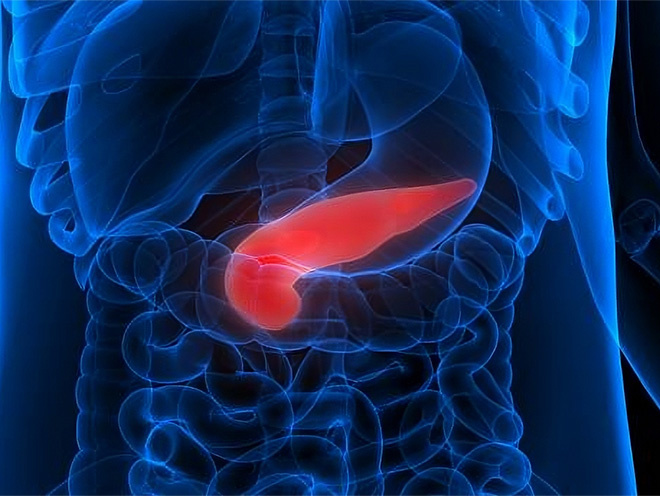 |

What is pancreatic cancer?
Early stage of pancreatic cancer is hard to be diagnosed. When patient is diagnosed as pancreatic cancer, normally more than 75% is advanced stage of cancer. There are not more than 30% cancer case can be treat and only 10% survival rate after treatment. The characteristics of minimally invasive treatment are lesser side effects, small trauma and fast recovery. This can prevent pancreatic cancer patients from surgery and side effects from chemotherapy and radiotherapy.
Pancreatic cancer begins in the pancreatic tissue. About 95% of pancreatic cancers begin in the exocrine cells that make digestive enzymes in the ducts of the pancreas, also known as pancreatic adenocarcinoma, a common type of pancreatic cancer. Pancreatic cancer is the 12th most common cancer worldwide. It is the 12th most common cancer in men and the 11th most common cancer in women.In 2020, there were more than 495,000 new cases of pancreatic cancer. According to the World Health Organization statistics, in Malaysia, only about 3 out of every 100,000 people diagnosed in the last five years since 2020 survived.
So can middle and late-staged pancreatic cancer be cured? Minimally invasive techniques with fewer side effects and less trauma can help pancreatic cancer patients avoid surgical resection as well as suffering from traditional radiotherapy, improve their quality of life and effectively prolong their survival.
For more knowledge about cancer, please click online doctors for consultation.




Pancreatic cancer stages and data of 5-years relative survival rate
Stage I Pancreatic Cancer: 12%--14%;
Stage II Pancreatic Cancer: 5%--7%;
Stage III Pancreatic Cancer: 3%;
Stage IV Pancreatic Cancer: 1%.
Treatment for Pancreatic Cancer
• Torturous Traditional Anticancer Technology
Operation:Big Trauma and High Risk;
Radiotherapy and Chemotherapy: unbearable toxic side effects, like hair losing, vomiting and etc.
• Improve the Survival Rate of Pancreatic Cancer with New Anti-Pancreatic Cancer Technology
Minimally Invasive Therapy: 2-3mm incision, few side effects, little pain
Interventional therapy: with a 1-2 millimeter incision, anti-cancer drugs are directly given to the tumor, causing fewer side effects and drug concentration is 2-8 times higher than systemic chemotherapy, killing cancer cells more accurately.
Nanoknife: Non-thermal ablation, the ablation of Nanoknife mainly uses electric pulses to break through the cell membrane of cancer cells via high voltage pulse released by an electrode probe to form multiple nanoscale irreversible electroporation, destroying internal and external cell balance then and making cells die quickly.
Gene Targeted Therapy: Gene targeted therapy kills cancer cells thoroughly. Compared to traditional nasopharyngeal cancer treatments, it has the advantages of high accuracy and safety, good efficacy, etc.
TCM & Western Medicine: Combination of traditional Chinese medicine and minimally invasive techniques can not only kill the cancer cells effectively, but also reduce toxic side effects, lower the rate of cancer recurrence, and greatly improve survival rate.
Green chemotherapy: Improved from traditional chemotherapy, green chemotherapy, avoiding the disadvantage of systematic chemotherapy, greatly improving curative effect and reducing toxic side effects, is a new generation of chemical weapons that kills tumors.
Particle Implantation: These implanted 125I seeds will keep emitting y-ray within the tumor, targeting to the cancer cells accurately; the radiation of seeds to tumor lasts for 180 days, high accuracy, millimeter minimally invasive; few toxic side effects and complications.
For more knowledge about cancer, please click online doctors for consultation.